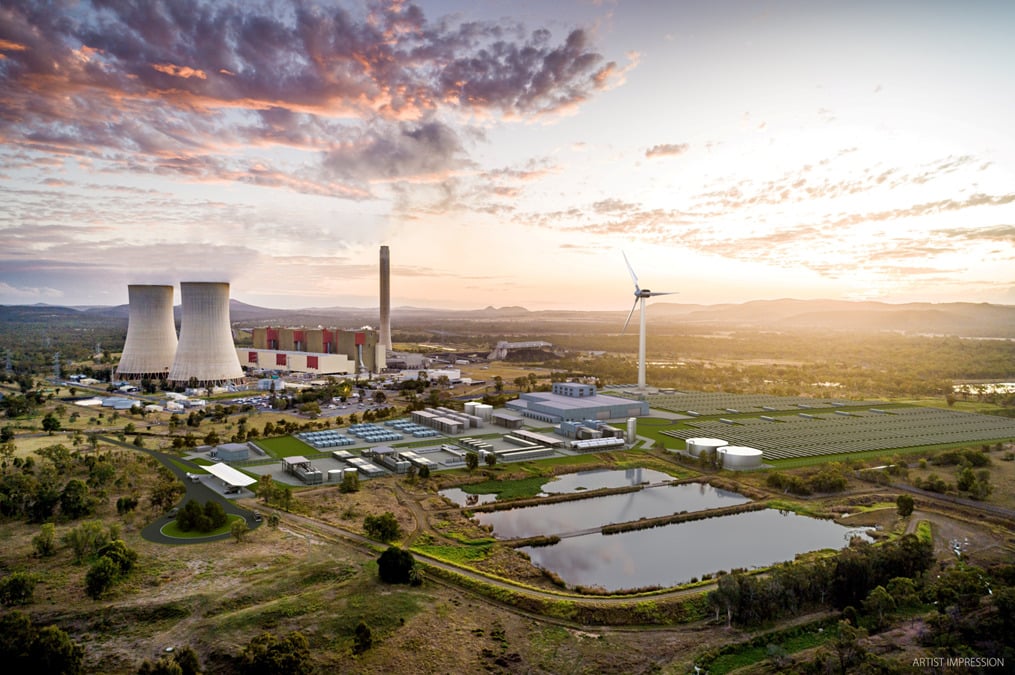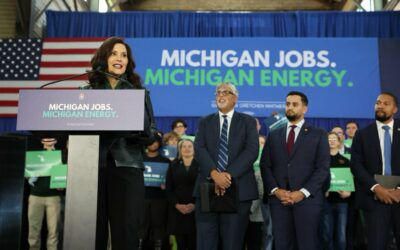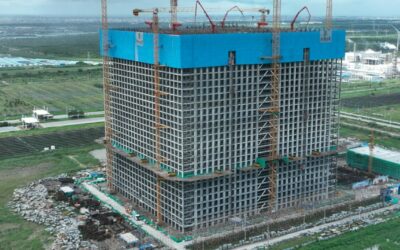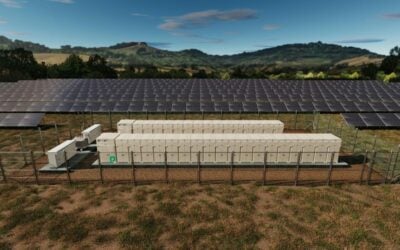
The state of Queensland, Australia, has committed to investing AU$448 million into battery energy storage system (BESS) technology at a coal power plant.
Premier Steven Miles and minister for energy Mick de Brenni jointly announced today (9 May) that a planned 150MW/300MWh BESS asset at Stanwell Clean Energy Hub in Central Queensland will double in output and duration.
Enjoy 12 months of exclusive analysis
- Regular insight and analysis of the industry’s biggest developments
- In-depth interviews with the industry’s leading figures
- Annual digital subscription to the PV Tech Power journal
- Discounts on Solar Media’s portfolio of events, in-person and virtual
Or continue reading this article for free
The 300MW, 4-hour duration system (1,200MWh) will be built at the site of Stanwell Power Station, a 1,460MW coal power plant. The BESS is central to the government’s plans for transitioning the site, about 22km from the nearest city, Rockhampton, to clean energy resources.
The near-half billion-dollar government investment announced will go towards the project’s total AU$747 million expected cost. Government funding will come from the Queensland Renewable Energy and Hydrogen Job Fund, which was established in 2022 with AU$4.5 billion by Miles’ predecessor Annastacia Palaszczuk.
The former premier created the fund as she set the state renewable energy targets of 50% by 2030 and 70% by 2032, then 80% for three years later in the Queensland Energy and Jobs Plan, an AU$62 billion overhaul and injection of stimulus into the energy sector and local economy.
Other key aspects of the plan include provisions that much of the state’s energy sector will remain in public ownership, while the government is supporting upstream battery manufacturing and materials refining plans within Queensland, in particular seeking to leverage its advantages as a holder of vast natural vanadium resources, the key ingredient in electrolyte for vanadium redox flow batteries (VRFBs). Even prior to the plan’s publication, the government had said it would invest in a large number of utility-scale and distributed battery storage systems including the battery system at Stanwell.
At Stanwell Clean Energy Hub, publicly-owned power generation company Stanwell will partner with technology provider Tesla and utility Yurika—which like Stanwell is owned by the state of Queensland—to build the new 1,200MWh system.
It will sit alongside other clean energy technologies, including a pilot 1MW iron electrolyte flow battery of 10-hour duration (10MWh) and a 5MW green hydrogen electrolyser.
The Queensland government will transition Stanwell and other publicly owned coal plants in the state to clean energy centres, leveraging their skilled local workforces as well as existing grid connections and associated infrastructure. For example, Stanwell sits strategically between two of Queensland’s planned multi-gigawatt mixed-technology Renewable Energy Zones (REZs).
Construction of the battery storage system is set to begin later this month for a scheduled start of commercial operations in mid-2027.
Michael O’Rourke, CEO of Stanwell, which has one other coal plant and a gas-fired power plant, said the publicly owned power company is targeting putting 5GW of energy storage resources in its portfolio by 2035.
“Deloitte modelling shows that Queensland’s economy will be larger and better off for transforming to a clean energy economy faster and earlier,” premier Steve Miles said.
“Queensland’s transformation to 80% renewable energy by 2035 will unlock AU$270 billion in new investment and open up AU$430 billion in economy opportunity.”
Energy-Storage.news’ publisher Solar Media will host the 1st Energy Storage Summit Australia, on 21-22 May 2024 in Sydney, NSW. Featuring a packed programme of panels, presentations and fireside chats from industry leaders focusing on accelerating the market for energy storage across the country. For more information, go to the website.





